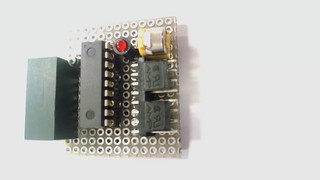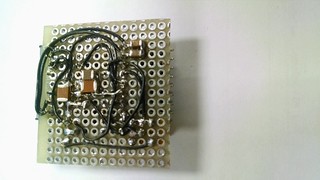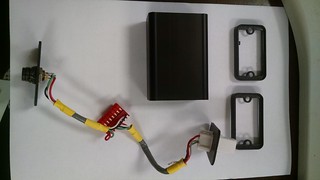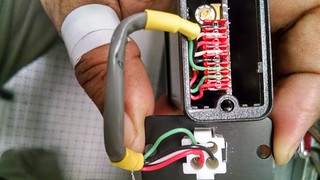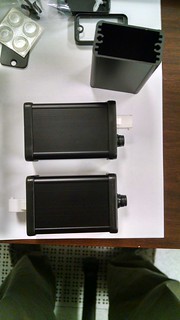Roger Harrold
New Member
PIC18F compiler
I've been working on a hobby project for the last couple of years, on and off, and I could never get the Freqout or Serout commands to work. I suspected compiler bugs and bit-bashed my way around the problems. Last week I went into to my chilly workshop and my project wouldn't run correctly. Not dead, you understand, but not running correctly. I found that gently warming the PIC cured the fault, and I began to suspect that my eBay-bought PIC might be suspect. I replaced it with a new PIC18F2520 bought from a reputable distributor and everything is now fine. The project starts and runs at -15C, Freqout and Serout now run correctly.
The moral is: buy your components from reputable front-line distributors.
I've been working on a hobby project for the last couple of years, on and off, and I could never get the Freqout or Serout commands to work. I suspected compiler bugs and bit-bashed my way around the problems. Last week I went into to my chilly workshop and my project wouldn't run correctly. Not dead, you understand, but not running correctly. I found that gently warming the PIC cured the fault, and I began to suspect that my eBay-bought PIC might be suspect. I replaced it with a new PIC18F2520 bought from a reputable distributor and everything is now fine. The project starts and runs at -15C, Freqout and Serout now run correctly.
The moral is: buy your components from reputable front-line distributors.
